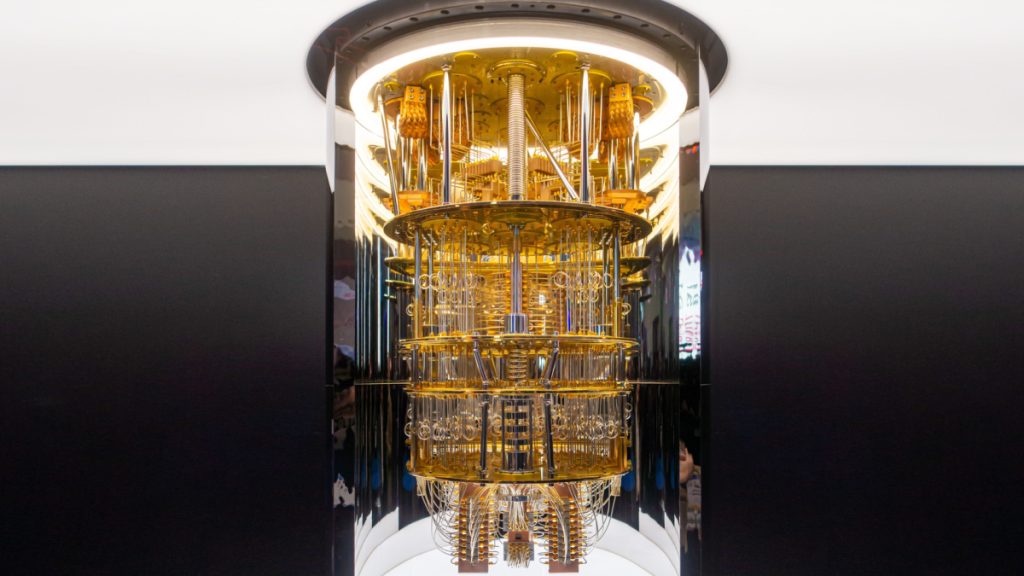
Quantum blockchain miners have the potential to significantly reduce the energy consumption of cryptocurrencies, as highlighted in two recent papers.
- Cryptocurrencies like Bitcoin rely on computationally intensive “proof of work” mining, consuming substantial amounts of electricity.
- There are two proposed methods: Boson Samplers and NISQ computers.
Earlier this month, two papers shed light on the potential of quantum computing in tackling the energy consumption issues associated with cryptocurrencies like Bitcoin. The papers, titled Quantum Blockchain Miners Provide Massive Energy Savings and Proof-of-work Consensus by Quantum Sampling, explore the energy-saving capabilities of quantum blockchain miners.
As things are, mining “proof of work” cryptocurrencies require computationally intensive calculations consuming a substantial amount of electricity. Admittedly, some cryptocurrencies have transitioned to more energy-efficient techniques like Ethereum’s “proof of stake.” Bitcoin, however, still relies on proof of work and is estimated to consume 0.5 percent of global electricity.
The challenge in quantum blockchain miners is that quantum computing might be too fast at solving complex problems that verify work. According to Gavin Brennen, co-author of the second paper, “This really changes the dynamics of the network. So, we were looking for a way to use quantum devices and be faster and more energy efficient, but that wouldn’t distort the consensus dynamics too much.” Such drastic changes could result in unwanted alterations to the currency’s value.
Brennen and his team from Macquarie University suggested the use of a boson sampler, a type of quantum computer, creating a new network of cryptocurrency. This type of computing would involve measuring a sample of photons, tiny particles of electromagnetic radiation, passing through a maze of mirrors and beam splitters. The researchers had to modify a traditional boson sampler, making it less accurate, so the chances of two people on the network reaching the same result is probable. In turn, the match in results enables consensus and verification.
As of now, their work has been theoretical. But the implementation of their version of quantum blockchain miners is under process.
Carlos Perez-Delgado and Joseph Kearney from the University of Kent, co-authors of the first paper, pointed out that the hefty price tag might deter miners from making the switch. So, they thought of an alternative.
“Quantum computation requires (mostly) unitary evolution,” they wrote. “Unitary evolution, by its nature, is reversible, and hence, to a large extent, energy neutral. At its theoretical limit, a quantum cryptocurrency miner could potentially expend little to no energy.”
They proposed hypothetical error-corrected machines and noisy intermediate-scale quantum (NISQ) computers. Using a form of Grover’s algorithm for mining, they found potential annual energy savings of nearly 127 terawatt-hours. That is roughly 90% of Bitcoin’s estimated energy consumption.
They do acknowledge, however, the uncertainties regarding the applicability of Grover’s algorithm to all quantum machines. They also recognize the potential energy consumption of future, fully error-corrected quantum computers, considering the time needed for error-checking and the cooling requirements.
Either way, quantum blockchain miners could set the world economies up for fully decentralized currencies.
Inside Telecom provides you with an extensive list of content covering all aspects of the Tech industry. Keep an eye on our Cryptocurrency section to stay informed and updated with our daily articles.